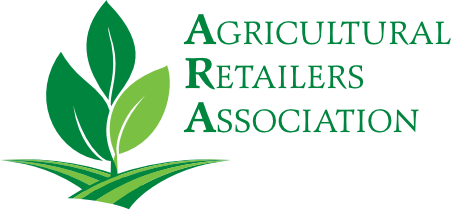Post-harvest — A Time to Reflect and Plan
Sep 07 2021
Build a year-long weed management plan with your customers
Getting the upper hand on weed resistance is challenging. Post-harvest is an excellent time to reflect with your customers on this season’s weed issues and create a plan with them for 2022 and beyond.
Two questions to consider asking your customers:
- What weed species are the most troublesome in your fields?
- What additional steps can farmers take in weed control planning to achieve weed eradication in your fields?
In the Midwest and South, pigweed is likely the answer to the first question. Pigweed species, specifically Palmer amaranth and waterhemp, are oftentimes the most difficult-to-control weeds in the field. Eliminating pigweed on the farm is possible, but it takes a shift in mindset and a multi-year commitment. As a farmer’s trusted agronomic resource, you can help them achieve weed-free fields.
A Resource to Help Build Your Customers’ Weed Management Plans
BASF and other industry partners developed a resource to assist with weed management tips for your customers, Operation Weed Eradication an industry-wide coalition, taking the approach that the last pigweed standing is likely the strongest, most capable and the most genetically resistant weed on the farm.
The goal of Operation Weed Eradication is to alleviate over-reliance on herbicides alone by advocating for an approach that rests on a holistic three-pillar approach to controlling pigweed. The Operation Weed Eradication pillars include cultural & mechanical practices such as narrower rows, cover crops, tillage; herbicide practices such as overlapping residuals and diligence with practices like mowing field edges or harvesting cleaner fields first are tactics to build upon to improve pigweed control on your customers’ operation.
The possibility of on-farm pigweed eradication is often met with skepticism. Specific challenges posed by pigweed require additional consideration. The facts below show the importance of developing a multi-year plan and working toward eradication with your customers.
- Genetic diversity: Species like Palmer amaranth and waterhemp have female and male plants, which means heightened levels of genetic diversity and a more rapid rate of herbicide resistance development.
- Never stops: Pigweed can germinate throughout the growing season and can emerge after a preemergence residual herbicide runs its course. While drought may take its toll on corn or soybean grain fill, you can count on pigweed to grow and reproduce in even the worst conditions.
- One is too many: Pigweeds are prolific seed producers. An escaped female pigweed plant can produce 200,000 to 600,000 seeds. As the weed seedbank grows, weed control gets tougher and yield loss becomes a reality.
However, there is good news! Palmer amaranth seed viability is 5% or less after three years. If you arm your customers with a multifaceted weed management plan that includes the best practices of Operation Weed Eradication they will be able to prevent new weed seed from being added to the seedbank. Stopping additions to the weed seedbank and having an eradication mindset towards pigweed escapes is a path to success. A multi-year weed management commitment is key to moving toward eradicating pigweed challenges on the farm.
Build a plan with your customers
As a trusted advisor, keep weed management top of mind for customers throughout the season. Focus on the best products to use based on your expertise, however, be sure to also emphasize the following:
- Spray at appropriate timing and weed size
- Use labeled rates of herbicides
- Optimize applications (nozzle type, environmental conditions, adjuvants, spray volume, etc.)
- Overlap residuals for season-long control of pigweed
- Use multiple effective sites of action to offset herbicide resistance development
Additionally, suggest that your customers look at field borders and along ditches, drowned-out areas, and planter skip areas. All are perfect spots for weeds to grow, thrive and reseed. Again, one pigweed plant can produce 200,000 to 600,000 seeds and become problematic for the next several growing seasons.
Following best practices from Operation Weed Control’s building blocks can get your growers one step closer to eradicating weed issues on the farm. Help them commit to a multi-year program to control pigweed for peace of mind and increased yield.
